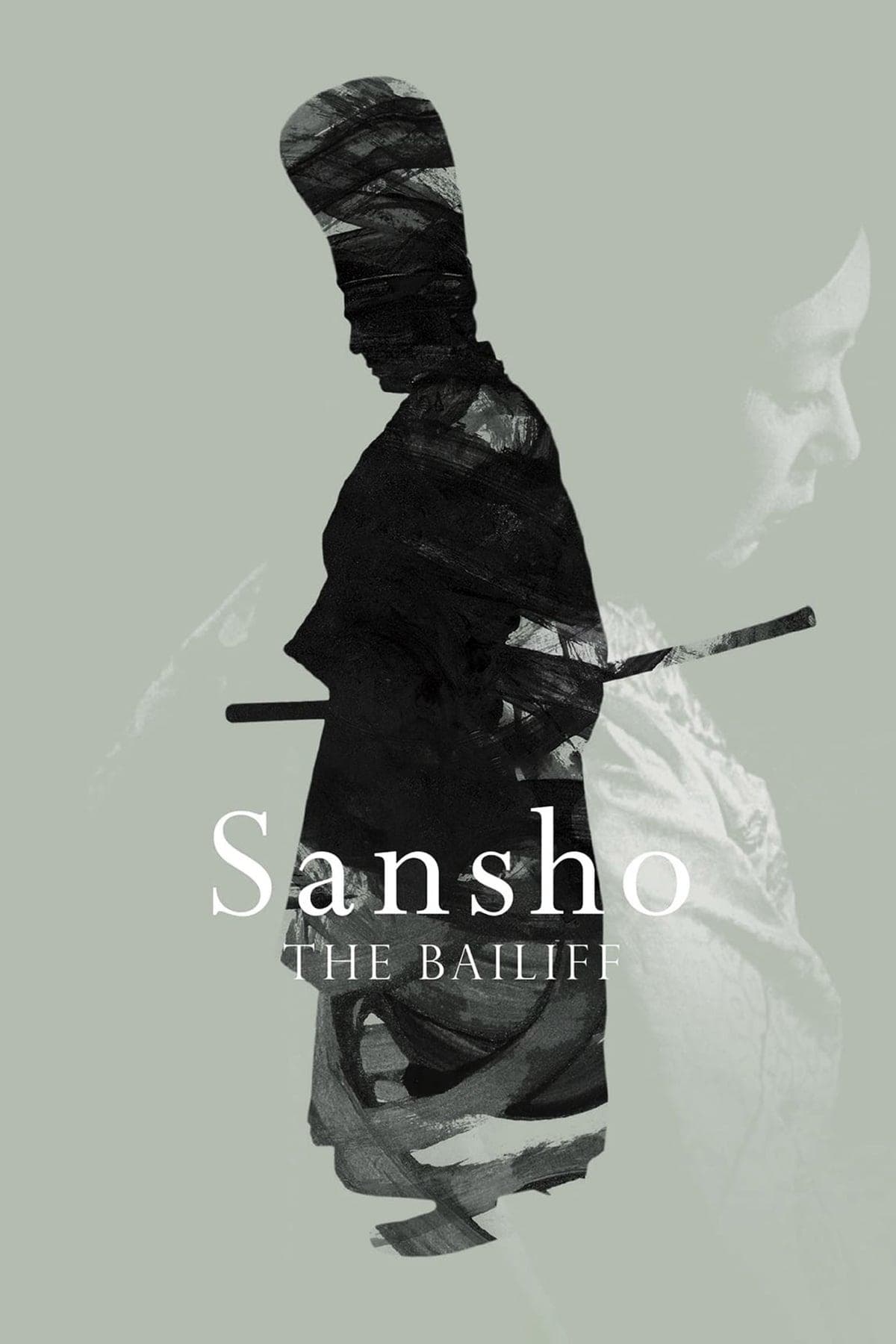
Sansho the Bailiff
1954
Rate this movie
Average: 0.00 / 5
(0 votes)
Director
Mizoguchi plans and constructs a perfect, unattainable ivory tower in its rigorous stylistic coherence, a vision that materializes through technical mastery and rare sensitivity. His camera, often described as a floating, omniscient eye, moves with an almost ritualistic gravity, favoring long, fluid shots that unfurl like ancient scrolls, slowly revealing human dramas unfolding within frames of poignant beauty. This stylistic choice, far from being a mere formal affectation, imposes a contemplative distance that paradoxically intensifies the viewer's empathy, inviting them to observe the meticulous choreography of suffering and resilience without the didactic intrusion of emotional close-ups. It is an approach that clearly distinguishes Mizoguchi from his contemporaries, such as Kurosawa's dynamic intensity or Ozu's static introspection, positioning him in an almost pictorial dimension, where every frame is both composition and narration.
A formally extraordinary work where historical reconstruction and psychological characterization go hand in hand, fused into a tapestry of realism and lyricism. 11th-century Japan is not just a backdrop but a character in itself, palpable in its rawness and rigid social hierarchies. The costumes, essential architectures, ceremonies, and customs of a remote era are reproduced with almost documentary fidelity, but it is in the depth of the human soul that Mizoguchi excels. The characters, though placed in a specific historical context, transcend their time to embody universal archetypes of dignity, sacrifice, and rebellion. The director explores their reactions to the inevitability of fate and the brutality of power, revealing not so much their superficial emotions as the intricate mechanics of their moral choices and their indomitable inner strength, often manifested through the female figure, central to almost his entire filmography.
And above all, the vision of an undisputed Master who corroborates his semantics with an iconographic lexicon of immense aesthetic depth. The film is imbued with powerful symbols: the inhospitable woods that swallow travelers, the waterways that separate and unite, the smoke rising from the poor dwellings of slaves – every visual element contributes to weaving a narrative that goes beyond a single episode. The images of Anju and Zushio, the governor's children, walking in a hostile world, often framed by an indifferent or threatening nature, become a metaphor for life's own initiatory journey, a secular Stations of the Cross punctuated by abuse and separation. The very search of their mother Tamaki, who, though blinded, continues to implore her children's names, rises to symbolize the purest and most resilient maternal love, a red thread of hope traversing desolation. It is Mizoguchi's ability to elevate individual drama to a universal parable, to make the suffering of one family resonate with the destiny of all humanity, that confers upon the work its timeless resonance, akin to an ancient myth or a Greek tragedy.
The story is drawn from a novel by Ogai Mori, an eminent figure in early 20th-century Japanese literature, and narrates the events of a family in 11th-century feudal Japan. Mizoguchi, while faithful to the spirit of the original tale, reinterprets it through his prism of humanism and social critique. Ogai Mori himself was known for his reflections on morality and the human condition, but Mizoguchi extrapolates and amplifies its core of denunciation, focusing attention on the collateral victims of power struggles and the destructive impact of inequality.
Deprived of the family patriarch, a local governor exiled by his political enemies for his progressive and compassionate ideas – an echo of the fate of many idealistic intellectuals – his wife and two children must face abuse and violence from a hostile and brutal world. Their odyssey is a crescendo of deprivation and humiliation: forced separation, sale into slavery, inhumane labor on the property of Bailiff Sansho, a figure embodying bureaucratic and systemic cruelty rather than individual malice. The children's purity and innocence are confronted with the unheard-of brutality of a system that commodifies human life, a dehumanization that pushes Anju to extreme sacrifice to allow her brother Zushio to escape and seek justice. The film does not spare the viewer the raw spectacle of suffering, but always does so with an almost solemn dignity, a respect for the characters' agony that transforms their tragedy into a profound reflection on the nature of oppression and the human spirit's strength to resist and fight for its ideals.
Awarded the Golden Lion at Venice (the third of Mizoguchi's career, a recognition that definitively consecrates him among the giants of post-war world cinema, alongside Kurosawa and Ozu), Sansho the Bailiff represents a searing j'accuse against the exploitation of the weakest social strata and those exposed to the cruelty of a reality that seems to embody the philosopher Hobbes's motto: Homo Homini Lupus. But Mizoguchi goes beyond merely observing this brutality; he examines its roots and consequences with rare clarity. The film is an indictment of the arbitrary nature of power, the dehumanization generated by slavery, and the eternal struggle between compassion and cruelty. Yet, at its intimate core, it is not a work devoid of hope. Despite the bitterness of the journey, Zushio's return as the new governor, determined to overthrow the slavery regime and redeem his family's honor, introduces an element of redemption and the triumph of justice over abuse. The moving final scene, where he reunites with his elderly, blind mother on the beach, is a moment of poignant reunion that seals the theme of perseverance and filial love as beacons of humanity in a world of darkness, a lyrical and unforgettable counterpoint to the brutality that had overwhelmed them. It is in this dialectic between the horror of the world and the resilience of the human spirit that Sansho the Bailiff reveals itself not only as a cinematic masterpiece but an eternal meditation on the fragility and nobility of existence.
Genres
Country
Gallery
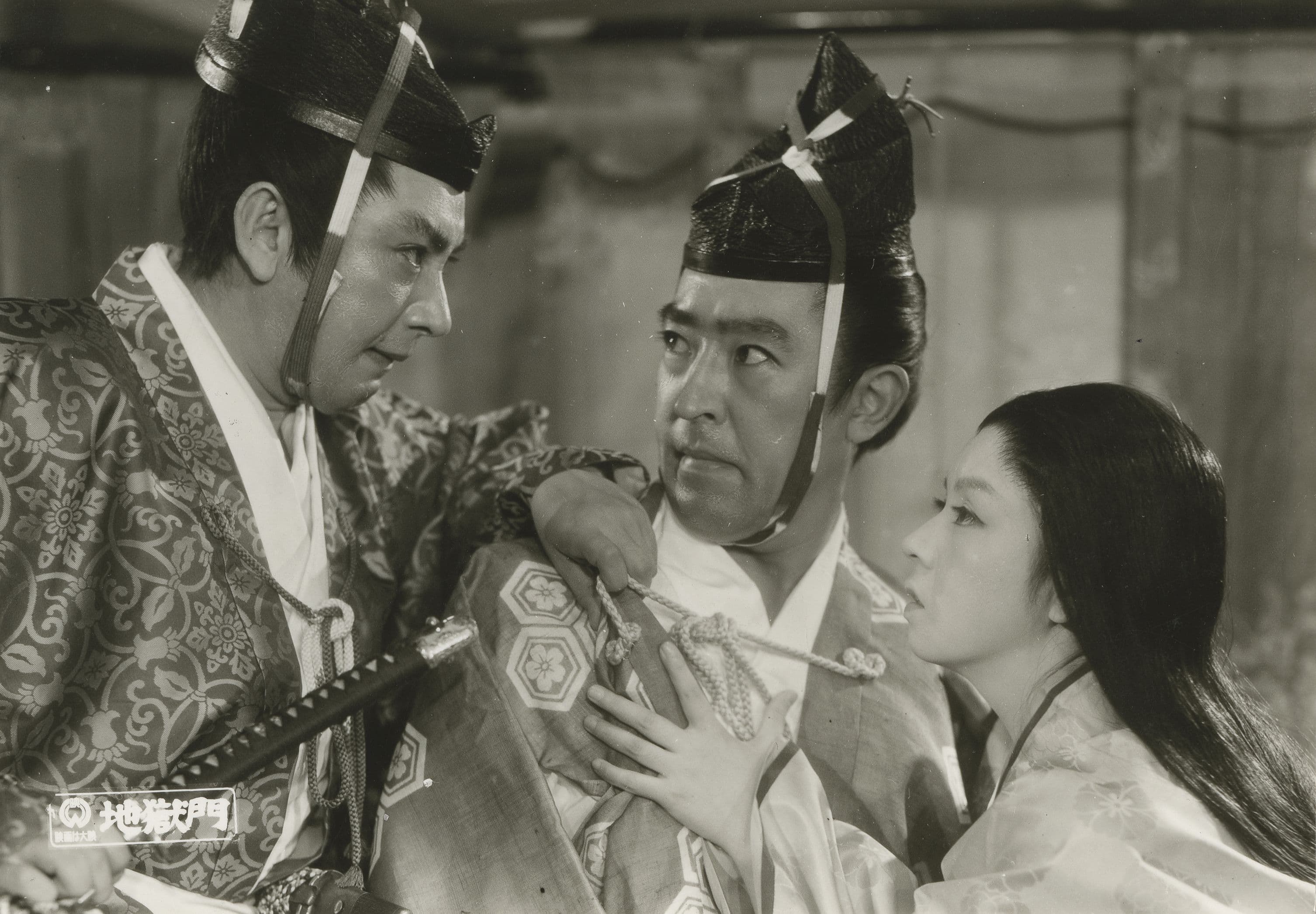
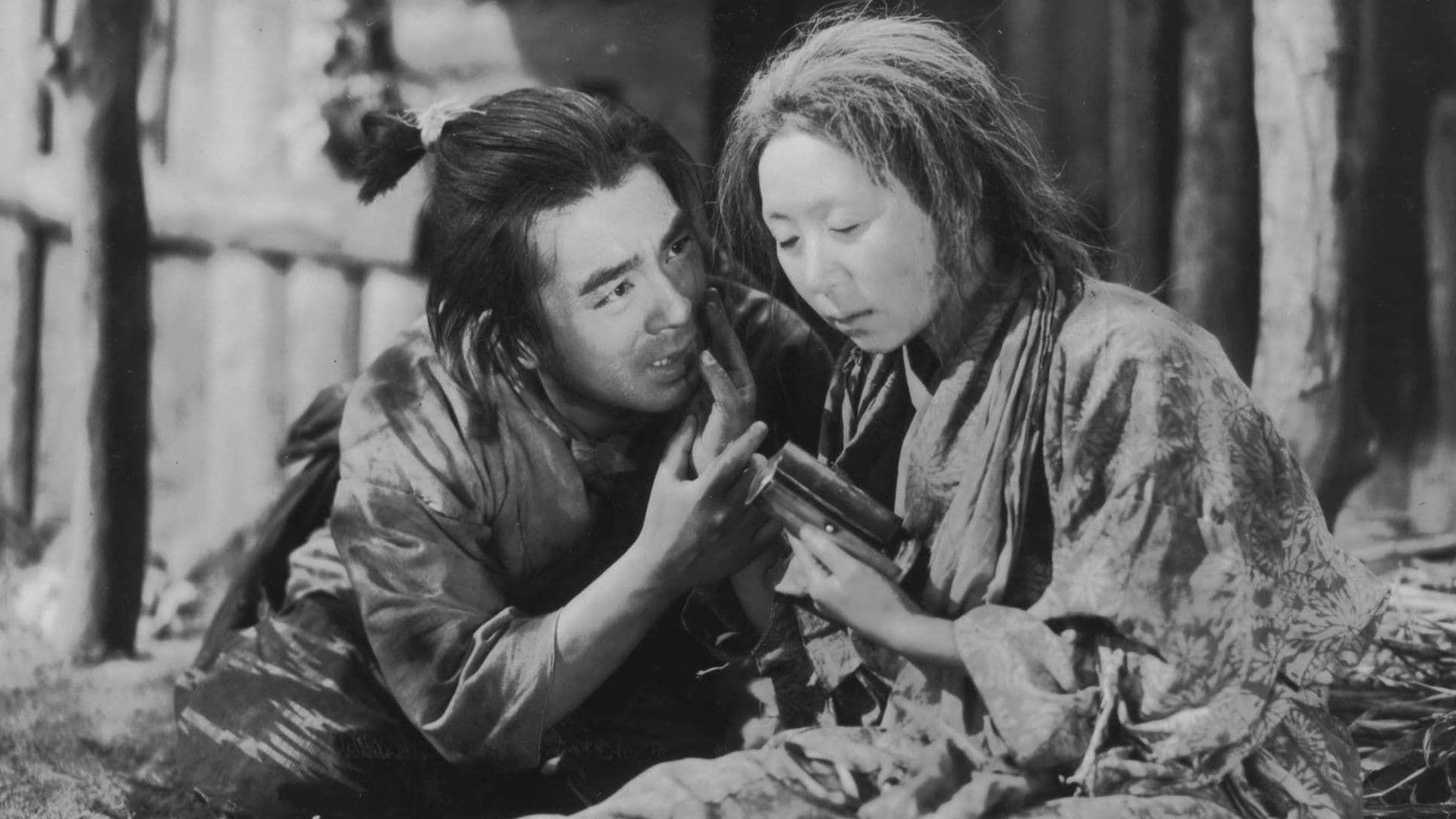

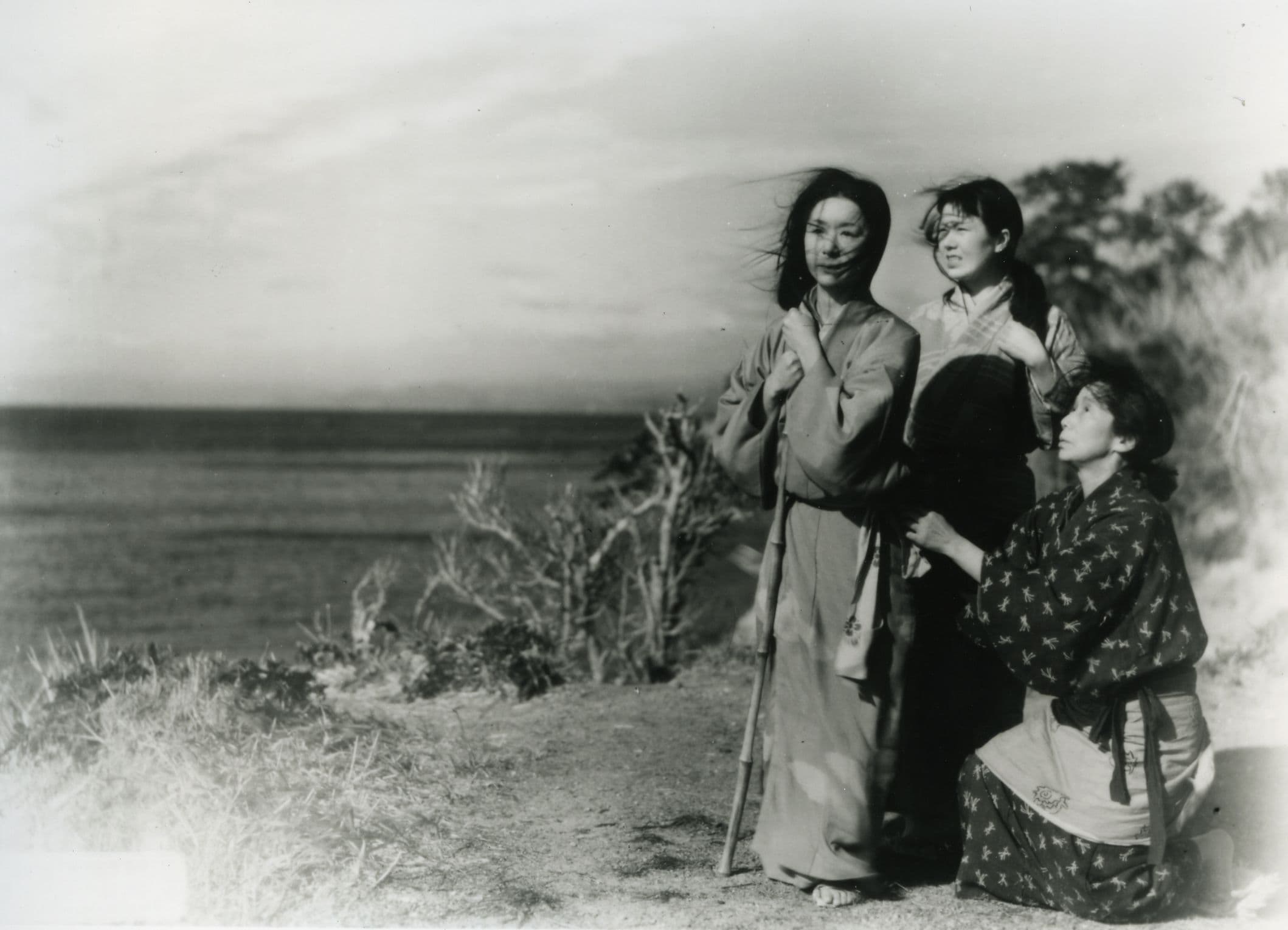
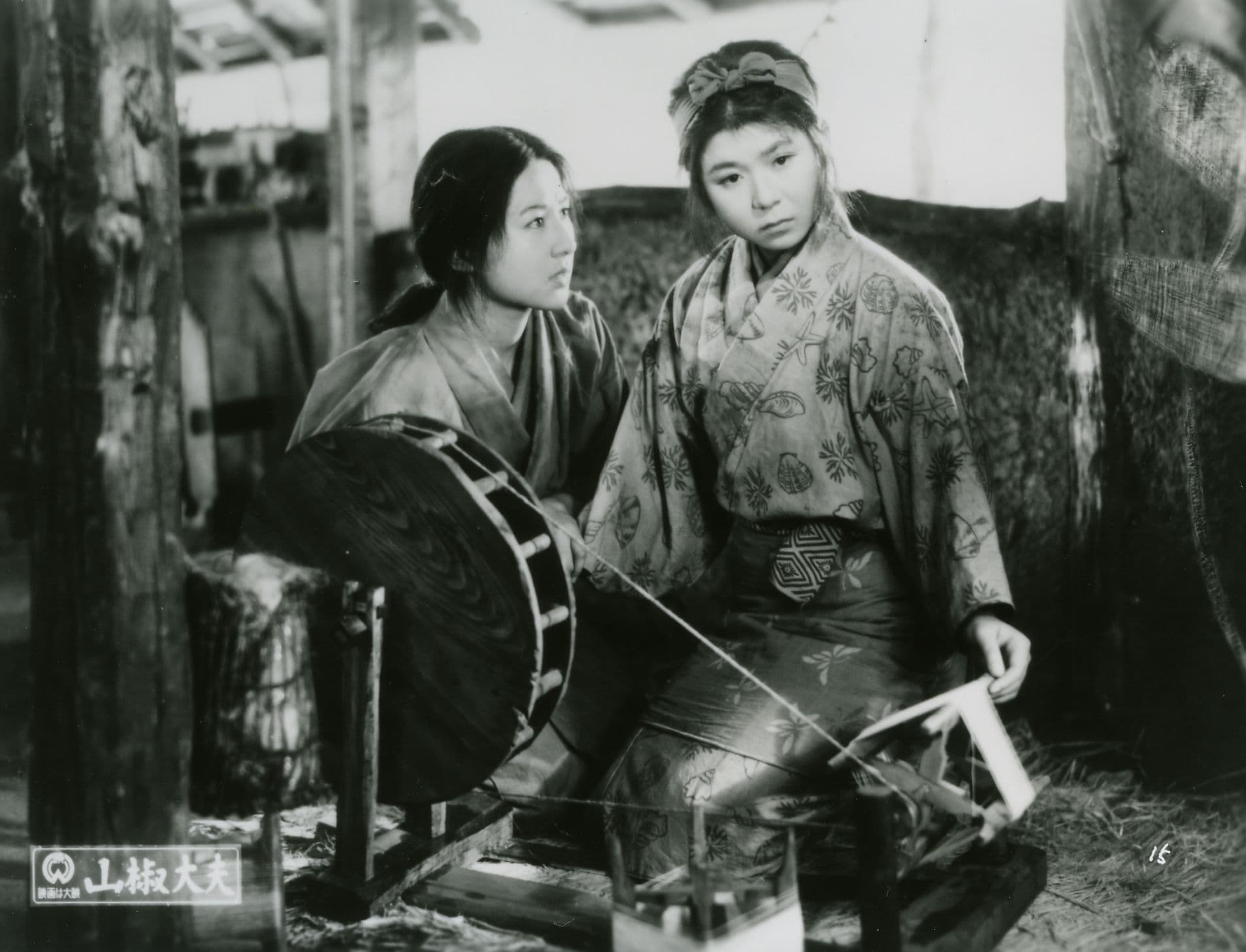
Comments
Loading comments...